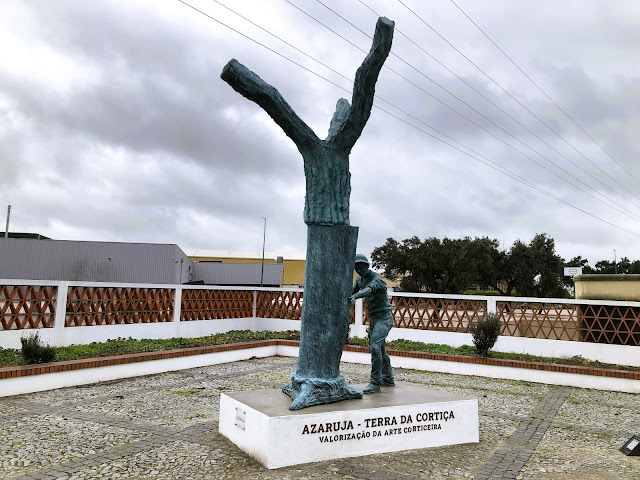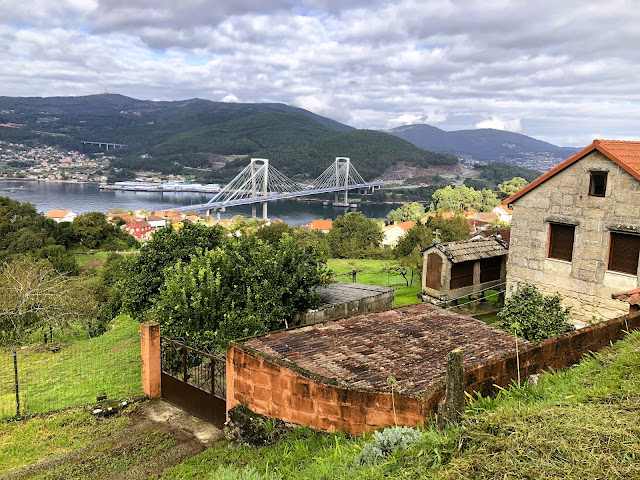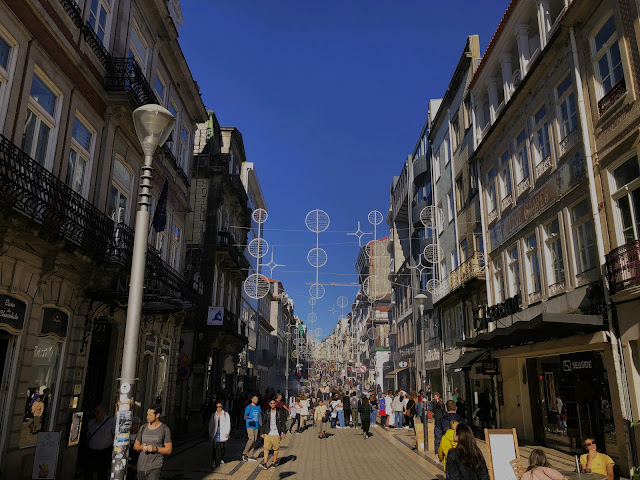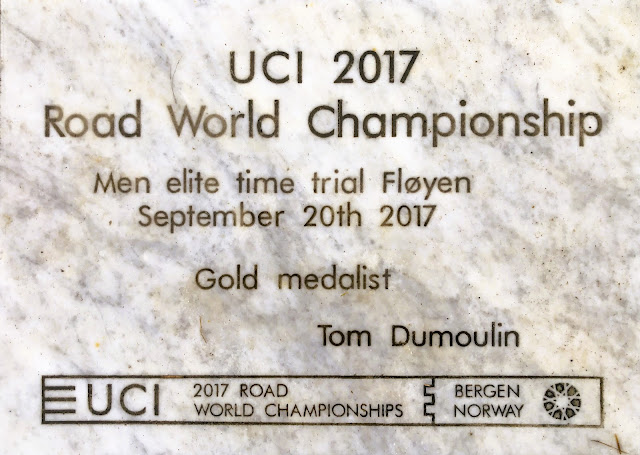EUROPE –
PART 10
A cruise with Hurtigruten is not cheap; on a price-per-day basis, twice what we paid for the Princess cruise. So, was it worth it? There’s no short answer to that question.
The Hurtigruten brand is synonymous with “expedition cruising”. Other companies like Quark, National Geographic, and Viking offer the same type of cruise with a focus on smaller ships, the experience ashore, active excursions, and ports that are off the beaten path. On the plus side, we enjoyed the best food we’ve ever had on a cruise ship, excellent service, highly qualified expedition guides, and very active excursions that were included in the price. And we visited small ports in Norway that a larger vessel wouldn’t have been able to reach. On the other hand, small-ship cruising may not be for everyone. We endured some very rough days and nights at sea, and the near disaster with the gangway in A Coruña would not have happened with a larger ship. And we were thankful for a cabin without a window for three reasons: it was cheaper; it was much bigger; and we couldn’t see the swells when the sea was rough as it often was.
On the Norway leg of the trip, the MS Spitsbergen carried only 60 passengers. Several of them disembarked in Hamburg and Amsterdam and were replaced by some new faces. Some 90 passengers were on the ship for the second leg of the voyage. I’d say that about half were healthy and active enough to enjoy the onshore experiences. I really don’t understand why the other half chose an expedition-type cruise, but it’s their money.
On balance, we’re quite satisfied with our Hurtigruten experience. We met many interesting guests who share the same interests, and who love to learn and be active when they travel. But whether we sail with them again will depend strictly on itinerary and price. At this point, I’d say likely not because of the high cost per day.
All we knew of Portugal was from a day spent in Lisbon while on a cruise a few years back. That day, we’d walked around the waterfront and taken the tram to visit the Tower of Belém, the Jeronimos Monastery, and the Monument to the Discoveries honouring Portuguese navigators.
The population
of Portugal is 10 million or so and the country’s land area is about equal to
that of New Brunswick and Prince Edward Island combined. Portuguese navigators
were the best in the world during the 15th and 16th
centuries, a period when it was a world power with established colonies in South
America, Africa, and Asia. After the fall of the monarchy in 1910, the country
was ruled by an authoritarian dictatorship until 1974. Today, Portugal is a peaceful,
modern country with a high Human Development Index, and an excellent health
care system. However, in economic terms, it ranks in the bottom third of member
countries of the European Union.
Our arrival in Lisbon marked the end of the cruise. We spent an enjoyable first day walking around on our own, then took a guided walk with our expedition guides. First, we visited the Museo do Fado, a museum dedicated to telling the story of a form of Portuguese traditional music and poetry called Fado, born in the district of Lisbon called Alfama. Fado is recognized by UNESCO as an “intangible cultural heritage of humanity” along with others that may be more familiar such as the Argentinian tango, mountain climbing in the Alps, and flamenco in Spain. Interestingly, the UNESCO list contains nothing of intangible cultural heritage worth preserving in either Canada or the United States. Then, we walked through the medina that defines the Alfama district and had some nice views of the cityscape below, the antique trolley cars, and a peek through a gated balcony.
On Day 2 in Lisbon, Elva and I got off the ship fully
laden with knapsacks and suitcases and took a cab to our hotel. As it turned
out, the Hotel Britania Art Deco offered four-star comfort just one
block away from the Avenida Liberdade at a third the price of hotels on the
boulevard. Once again, we learned the value of trusting booking.com, my go-to
app for all accommodation bookings. The Avenida Liberdade is not Barcelona’s La
Rambla but it has the potential to become just as interesting. We walked up to
the highest point in Lisbon to get a view of the city and wandered back down
where we visited the botanical gardens and came across a classic car show featuring
mostly European cars and the occasional American entry like this lovingly restored 1952
Studebaker pickup.
We said goodbye to Lisbon, a city worth another visit, picked up our rental car, drove through the morning traffic guided by our trusty GPS and headed north. I had a vague idea of what the Douro Valley might look like and wanted to see for myself. Those who think I'm a meticulous trip planner would be wrong. I like surprises! The drive from Lisbon was uneventful and rather boring although Portugal’s highway system is impressive for a country not supposed to be that well-off.
We descended from 1,000 meters down into the Douro and soon saw what all the excitement was about! Terraced hills like a patchwork quilt climbed from both sides of the river and were highlighted by gorgeous fall colours. The Douro region has been producing wine for at least 2,000 years and is recognized by UNESCO as a World Heritage Landscape (like Grand-Pré). Because the hills are so steep, vines and orchard crops like oranges, olives, and lemons are grown on terraces, probably hand-dug with pick and shovel many years ago.
As we climbed out of the valley toward our B&B, Quinta do Bosque (farm in the forest), we couldn’t believe where the GPS was taking us. Single-track cobblestoned lanes, hairpin turns, and 25% slopes with blind hills, terminating in a laneway barely wide enough to accommodate our Renault 2008! Ah! But the views! The pictures speak for themselves. It’s a place we’d come back to for sure to spend a couple of weeks just wandering around.
Looking out our window the next morning, all we could see was driving rain and fog. We were thankful for a few hours of dry weather and good light the day before. We headed southeast toward the coastal town of Nazaré, a former fishing village that now doubles as a beach and surfing destination. I’d planned the trip so that we’d see a variety of regions and landscapes. Since it poured rain all day, we certainly didn’t see the place at its best. Elva took this photo of fishing dories and mine is of a meal I’d been longing for, the triple threat of fresh grilled squid and octopus, plus salt cod. God they were good!
The next day of our Portuguese adventure was “cork day”. Elva had discovered that cork is produced in the region called Alentejo in the east, not too far from the Spanish border. So, we drove to the biggest town in the region, Evora, and asked where we could find cork production and a retail outlet. We were directed to the nearby village of Azaruja. Arriving there, we passed several cork production plants in the industrial park but no sign of a retail outlet. Elva is like a dog with a bone when she sets her mind to something, so she asked around and we finally found an amazing retail outlet at one of the plants with a selection of goods that would stand out in a high-end shopping mall in any major city. But no sign out front and, “sorry, but we don’t take credit cards”, the young salesman told us. We spent our last Euros on a few things and wished we’d been able to buy more from their amazing inventory.
Portugal has a major highway system that would be the envy of every Canadian province and American state. But, as we found out, tolls are very expensive. On one two-hundred-kilometer stretch, we were charged about $35! Now we know where the money comes from.
Our next port of call, Lagos, is a tourist town of about 20,000 located in the southwestern corner of the country on the Atlantic Ocean. We settled into our cozy nook at Villas Dinis and walked into town to have dinner at a nice local restaurant. Next morning, we hiked from the hotel out to the lighthouse nearby and walked down to a couple of pocket beaches framed by some impressive limestone formations sculpted by the pounding surf. Of course, when you walk down, you have to walk back up again! We met a couple of young women whose accents sounded Québécois. Turns out one of them worked in Morell last summer at the Nature Space Resort and Retreat Centre. Small world!
We wandered around downtown Lagos for a while before lunching
on an amazing Italian sandwich, and then went back for dinner. That evening, I dined on
another old favourite, pig’s cheeks, not something on many menus back home. Although
it’s the shoulder season, there were still lots of people around. The place is just as beautiful after dark, and we’d like to come back some day.
After one final stroll around Lagos, we hit the road again, bound for the seaside village of Porto Covo, halfway to Lisbon. Our lodgings for the night turned out to be less than we’d expected, and so did the village. Ah well, you can’t win ‘em all! We were thankful for the sunshine though.
On our last day in Portugal, we visited Cascais and Estoril, twin cities near Lisbon. We’d heard about them from a Spaniard we met on the MS Spitsbergen. Both have lovely beaches and Cascais has a nice historical district typical of Portuguese cities. As you can see from the photos, the area offers lots of opportunities for a nice stroll. People were taking advantage of the nice weather to play beach volleyball and beach tennis, and a few surfers tested the waves.
Portugal is a place we’ll return to someday soon and
with these three locations at the top of our list: the Douro Valley, Lagos, and
Cascais.
We have a few suggestions for friends and family who travel. First, use a travel agent to book the big stuff: airline tickets, cruises, and car rentals. Second, use booking.com to find and book hotels, and always include breakfast. Third, visit anything that has the UNESCO label attached to it. You won't be disappointed.
It’s been one hell of a trip! We left home on August 27 and haven’t had a quiet day since. We’re very happy to have finally been able to get away and, although we caught COVID on our trip, it only spoiled six days out of eighty-four. Time now to head home and plan our next adventure!


































































